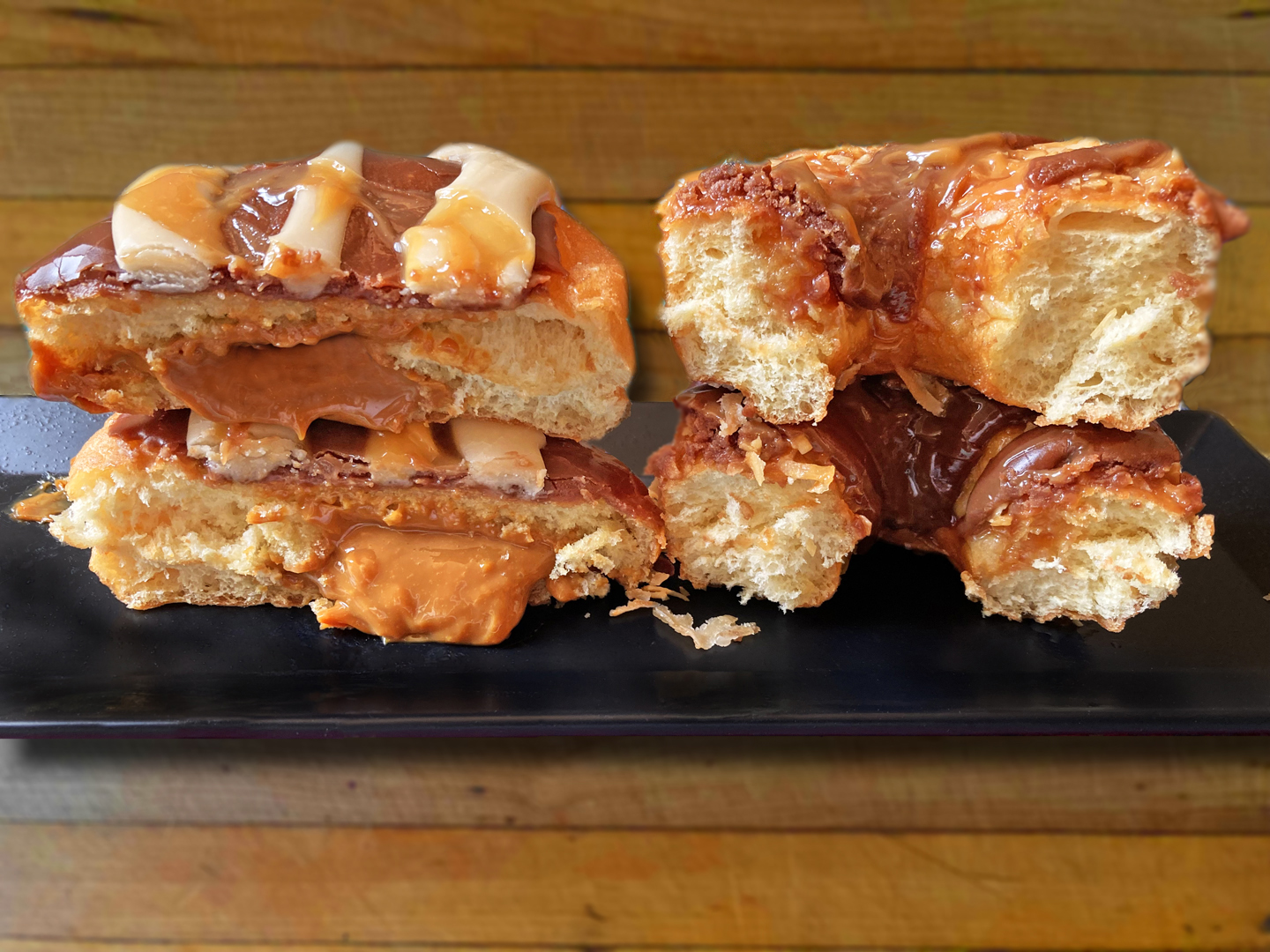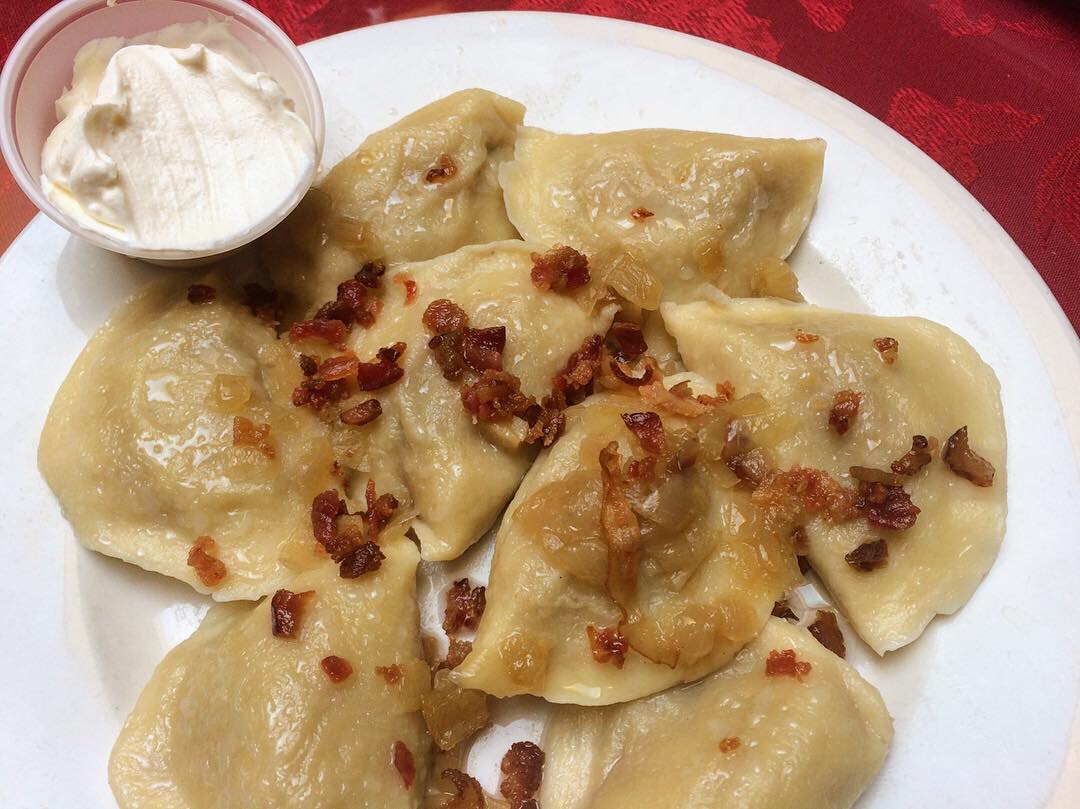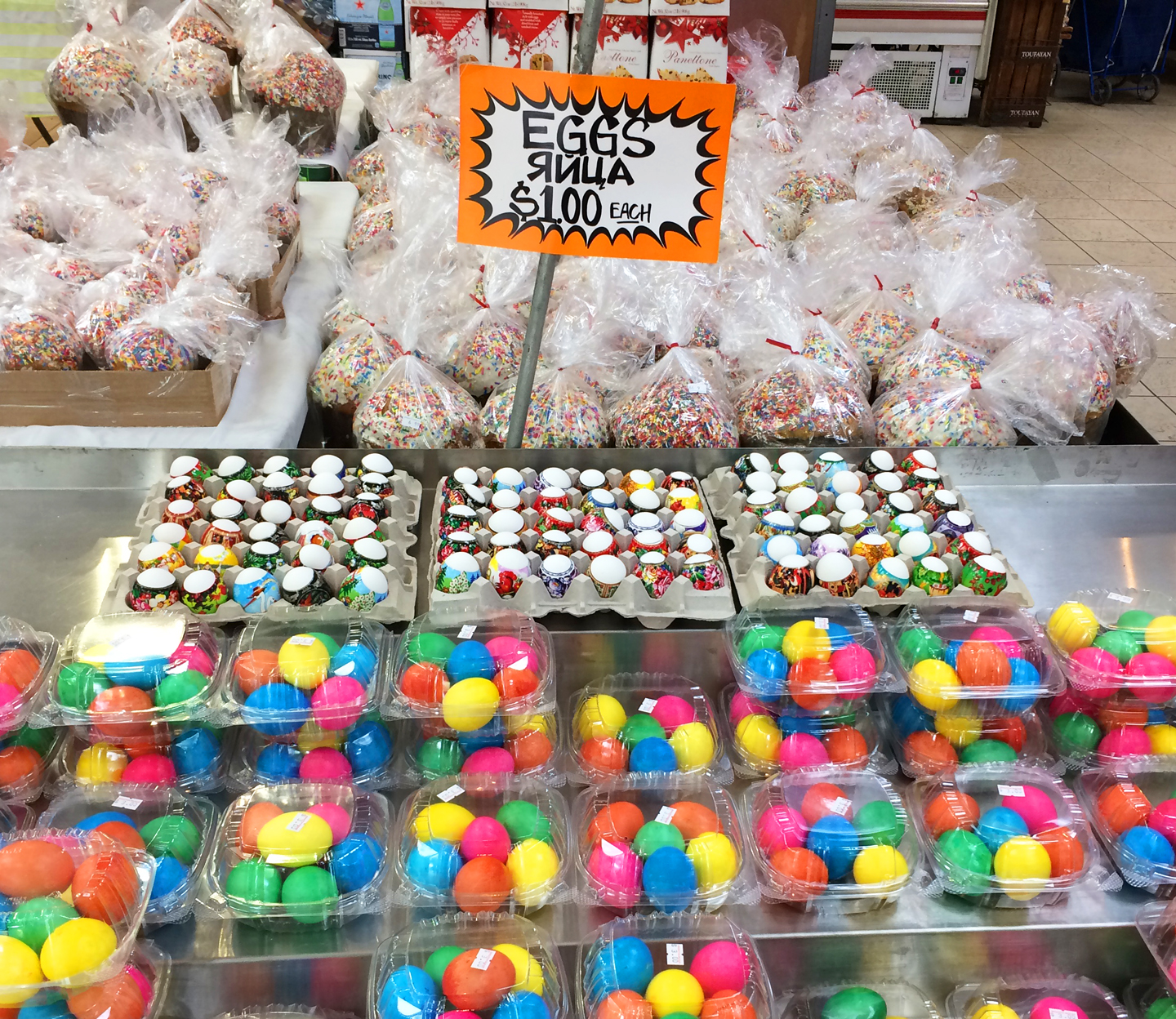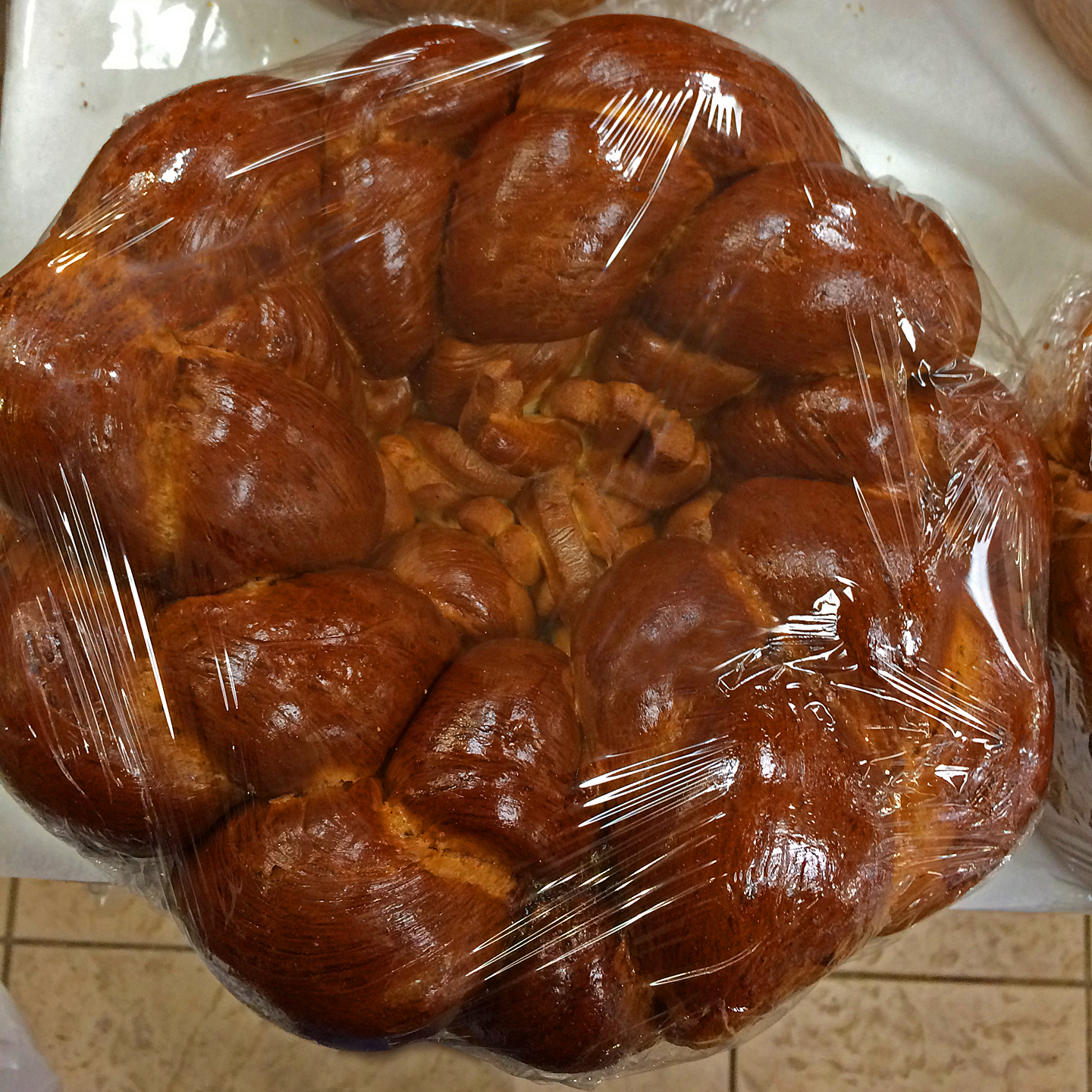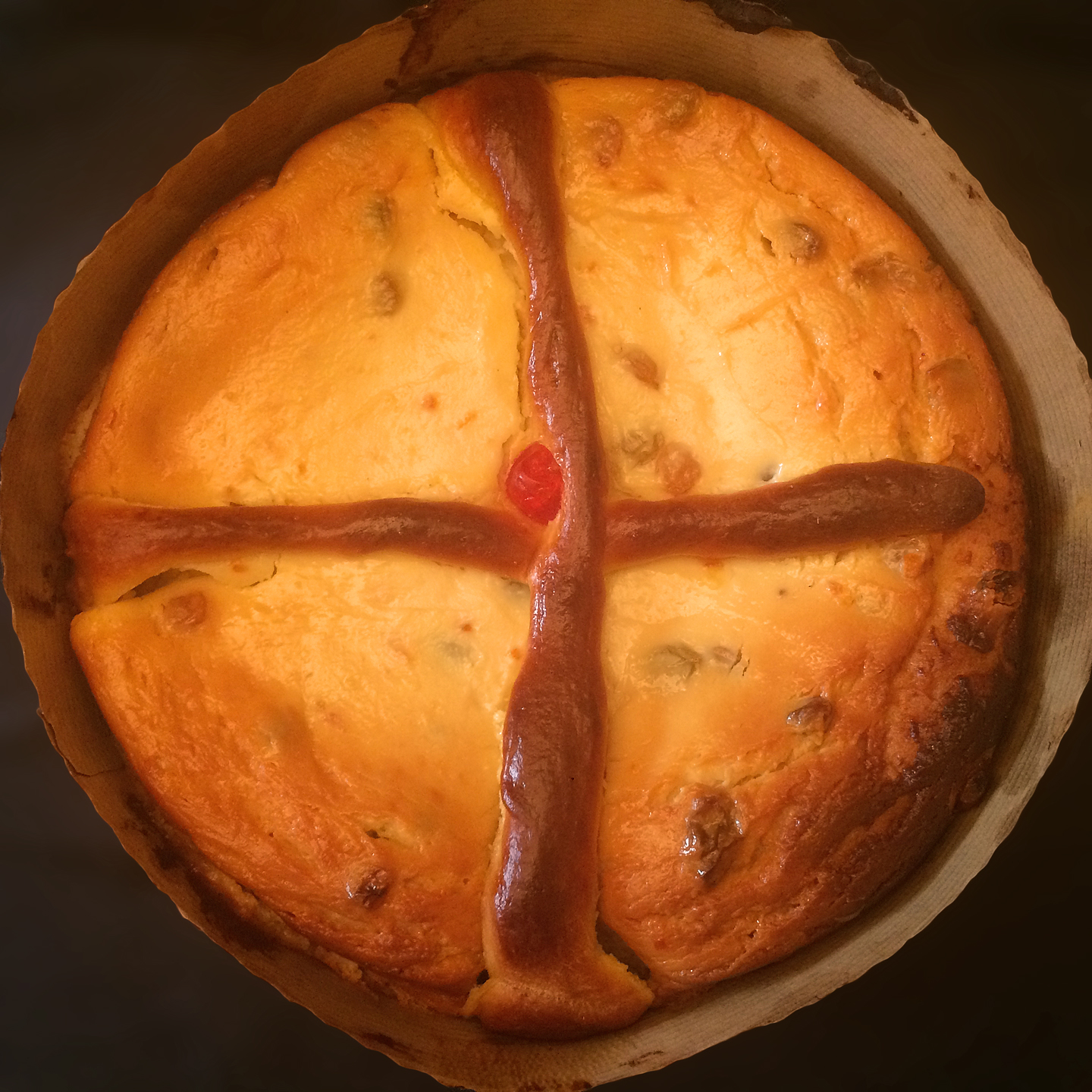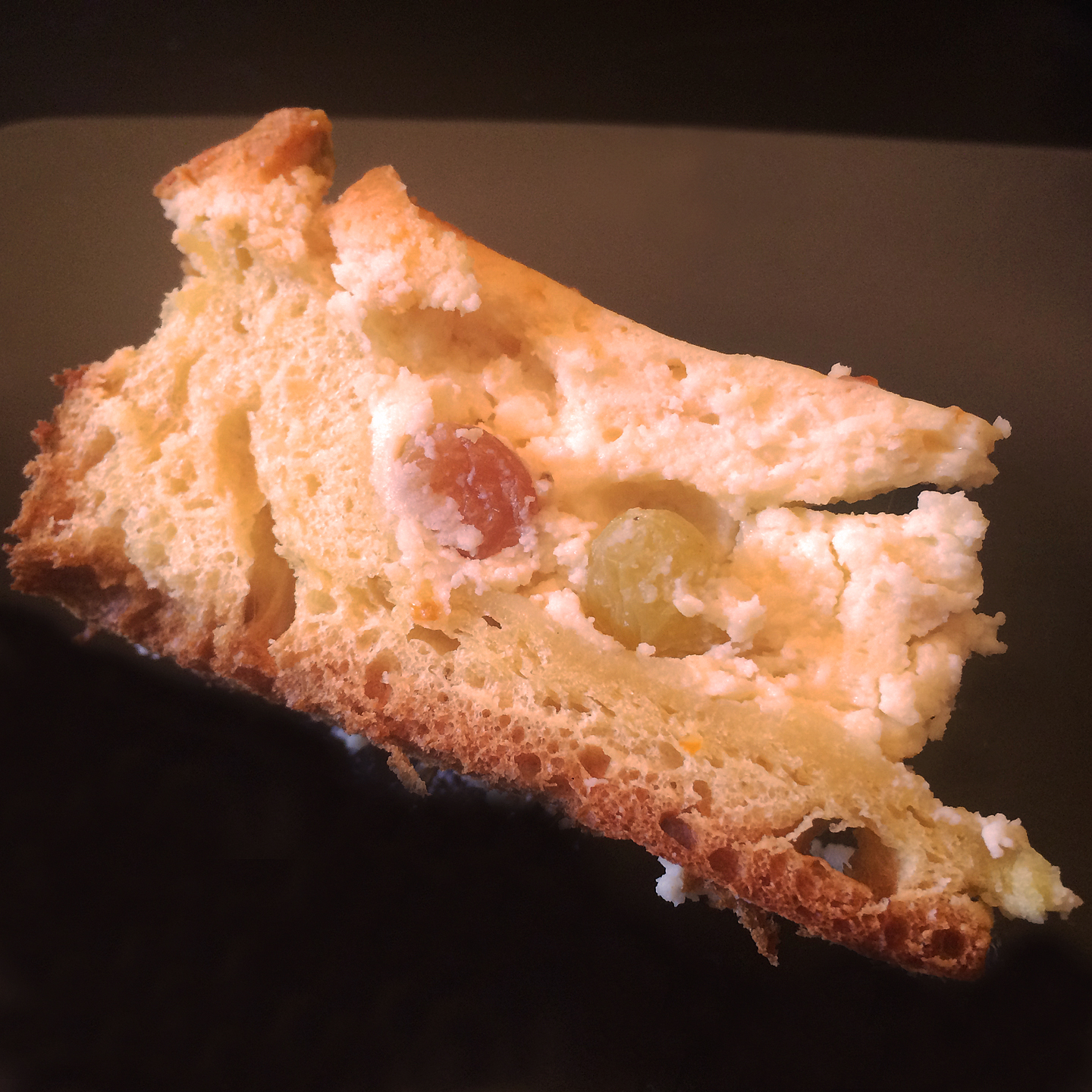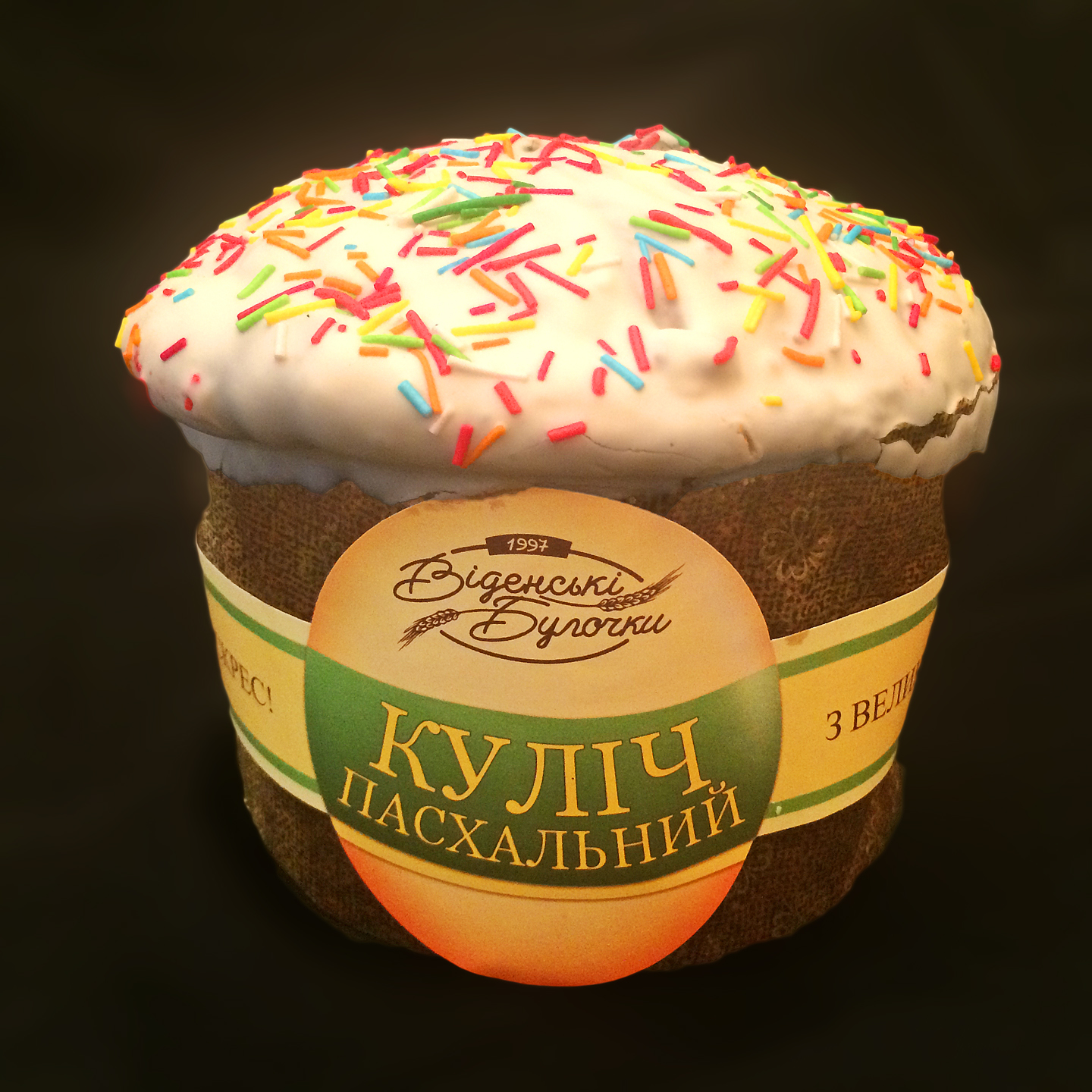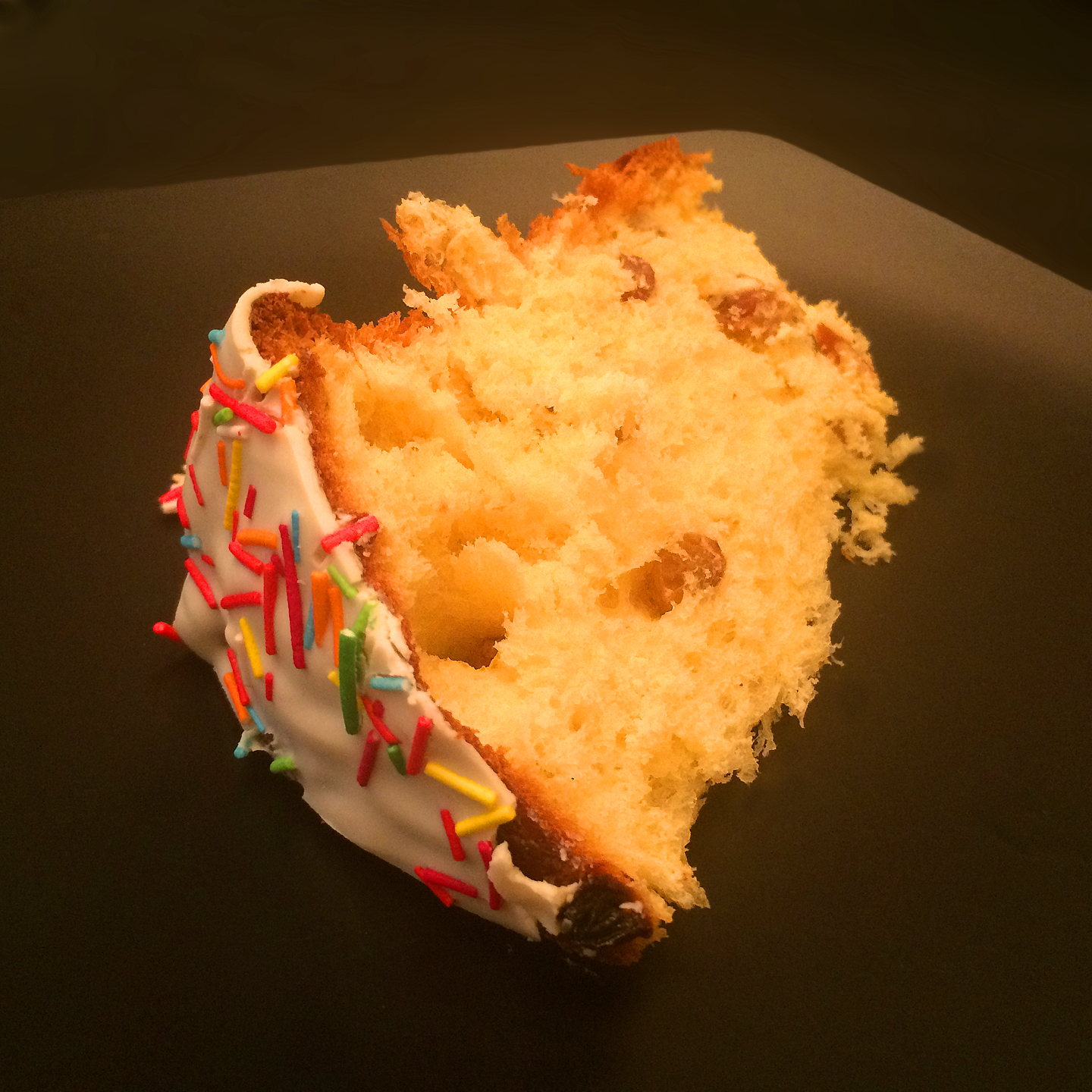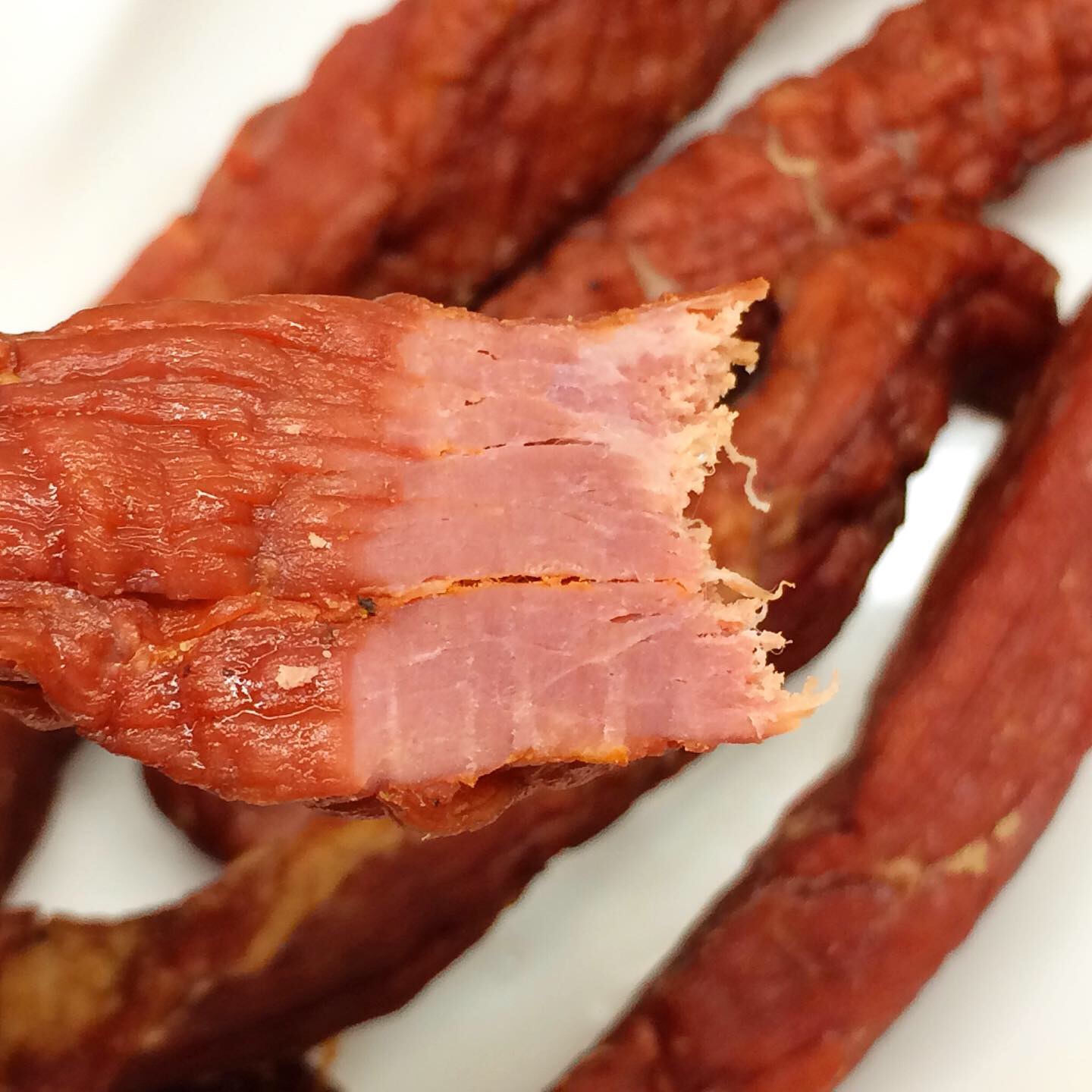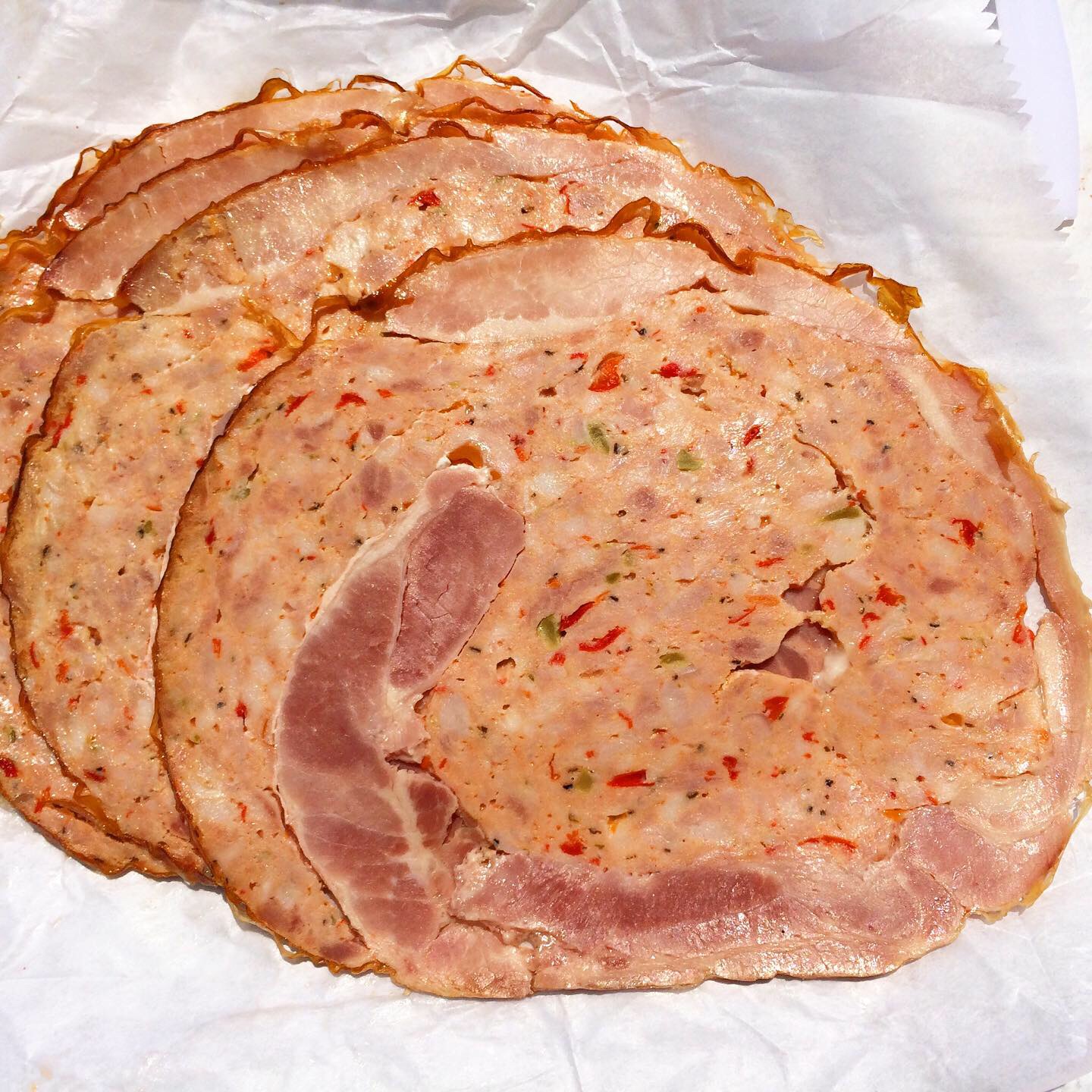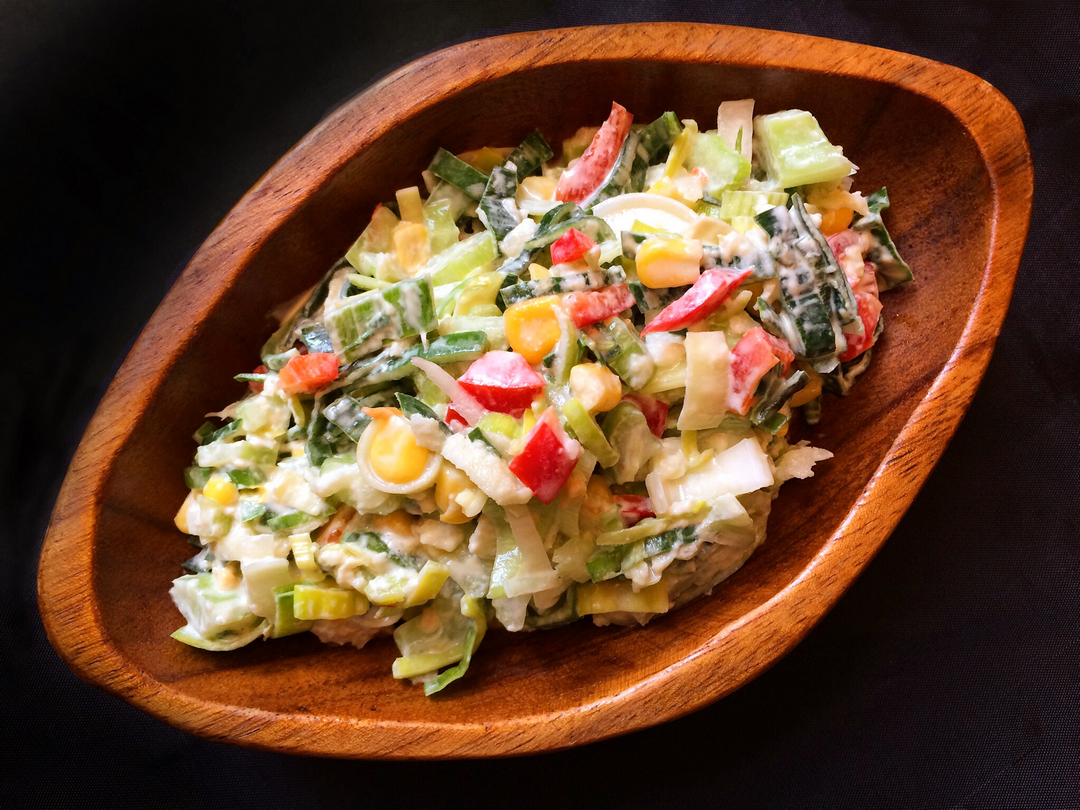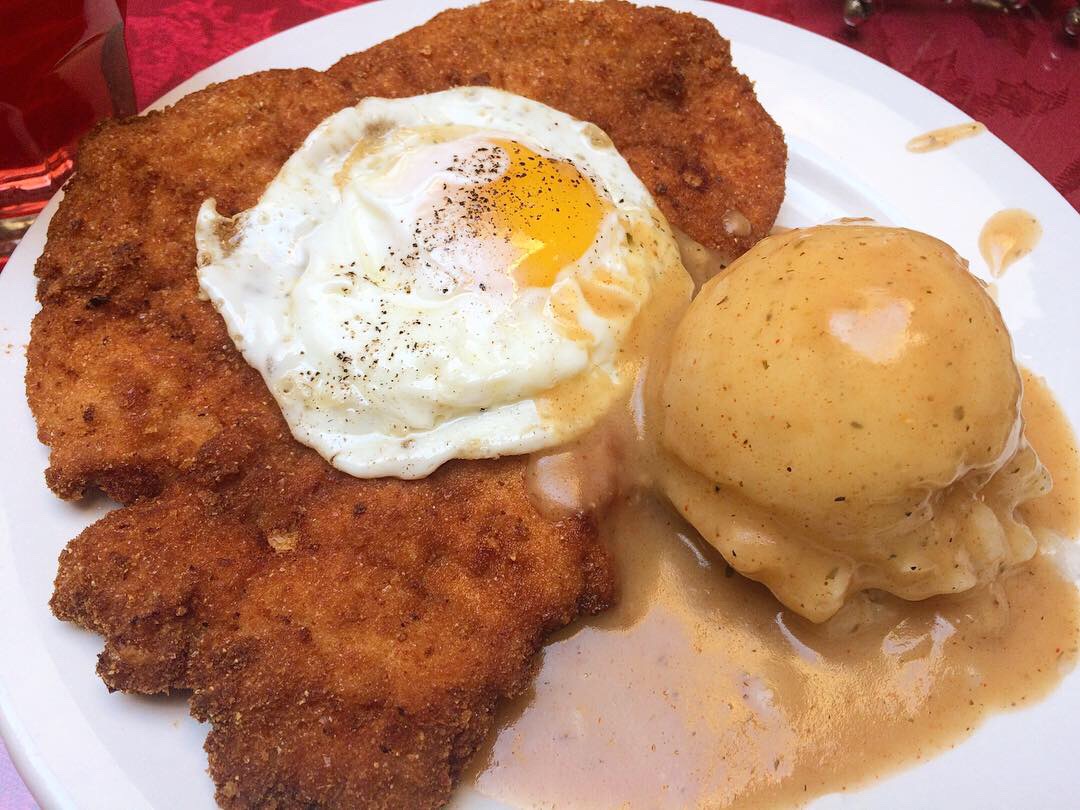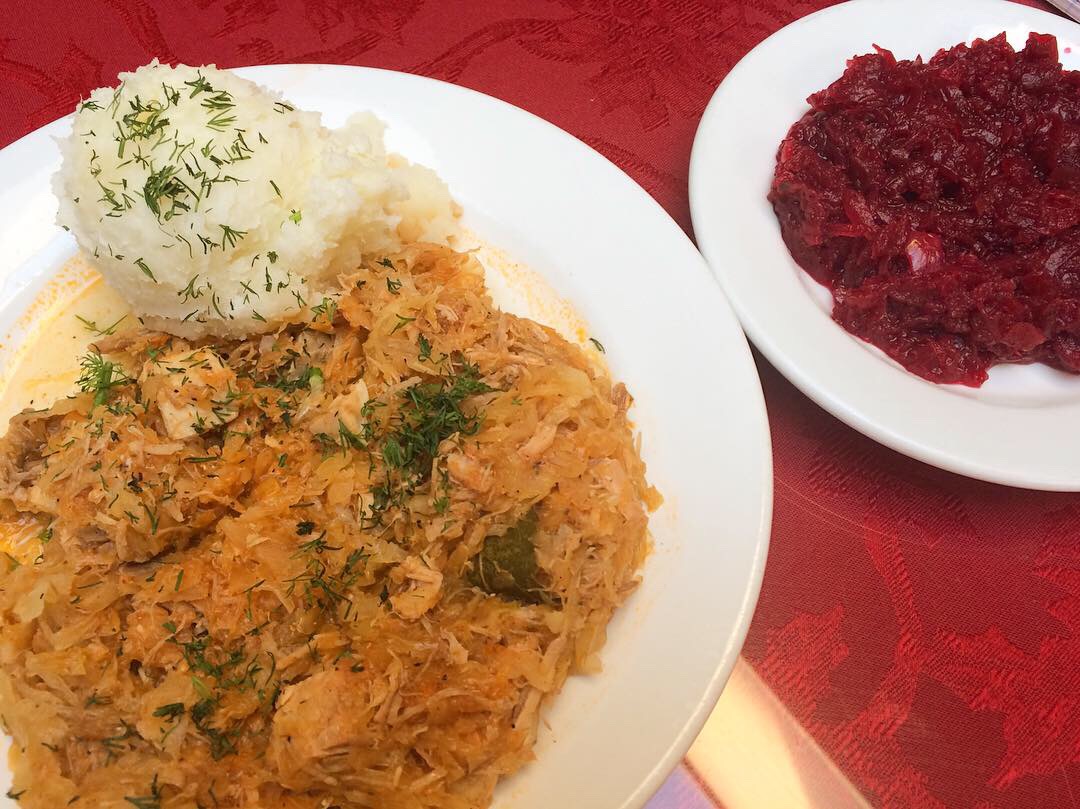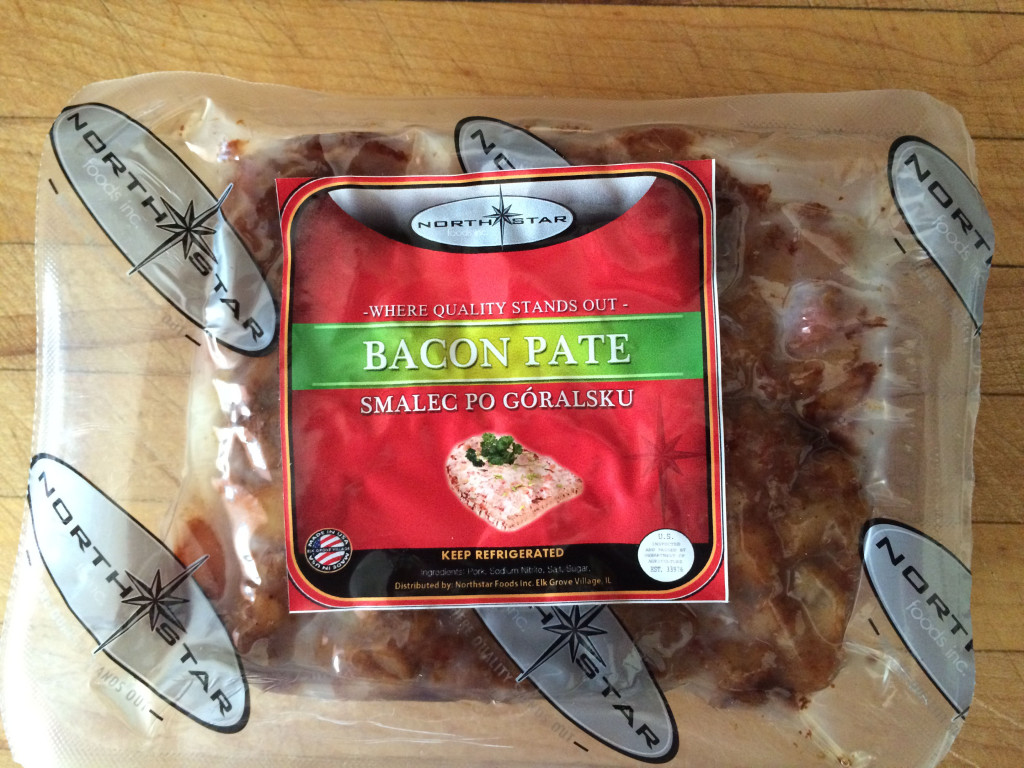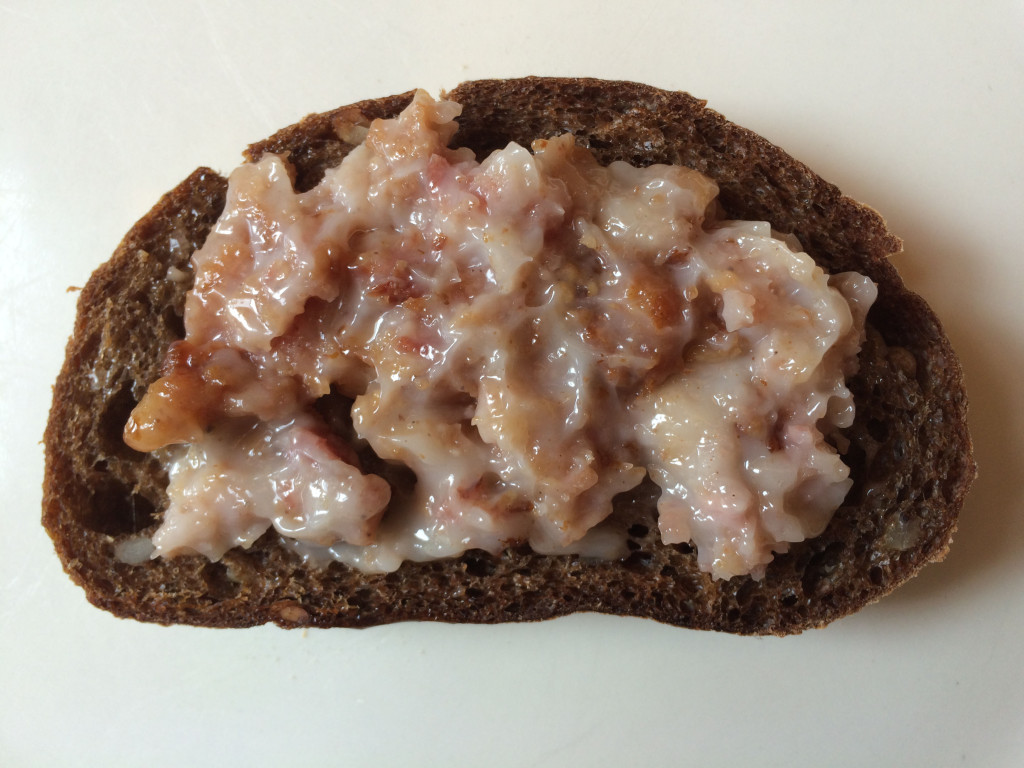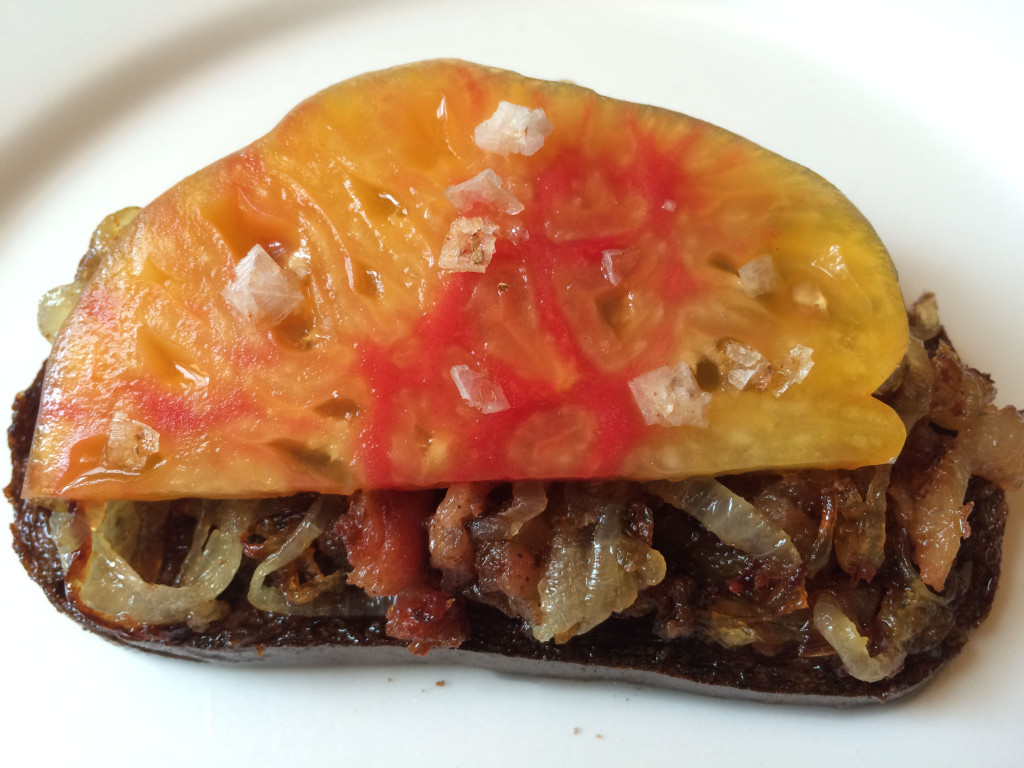If you’re wandering around Greenpoint in Brooklyn searching for Polish and Eastern European goodies, you’ve probably covered the relevant sections of Manhattan and Nassau Avenues – but you may not know about AS Warehouse at 276 McGuinness Blvd because it’s somewhat isolated, about a block off the beaten path. “Warehouse” describes the physical plant pretty accurately: the place is huge and is anything but welcoming. I’m not suggesting that it’s a must-visit or the best in the neighborhood, but they do stock a variety of items that might not be found in other markets nearby.
(Click on any image to view it in high resolution.)
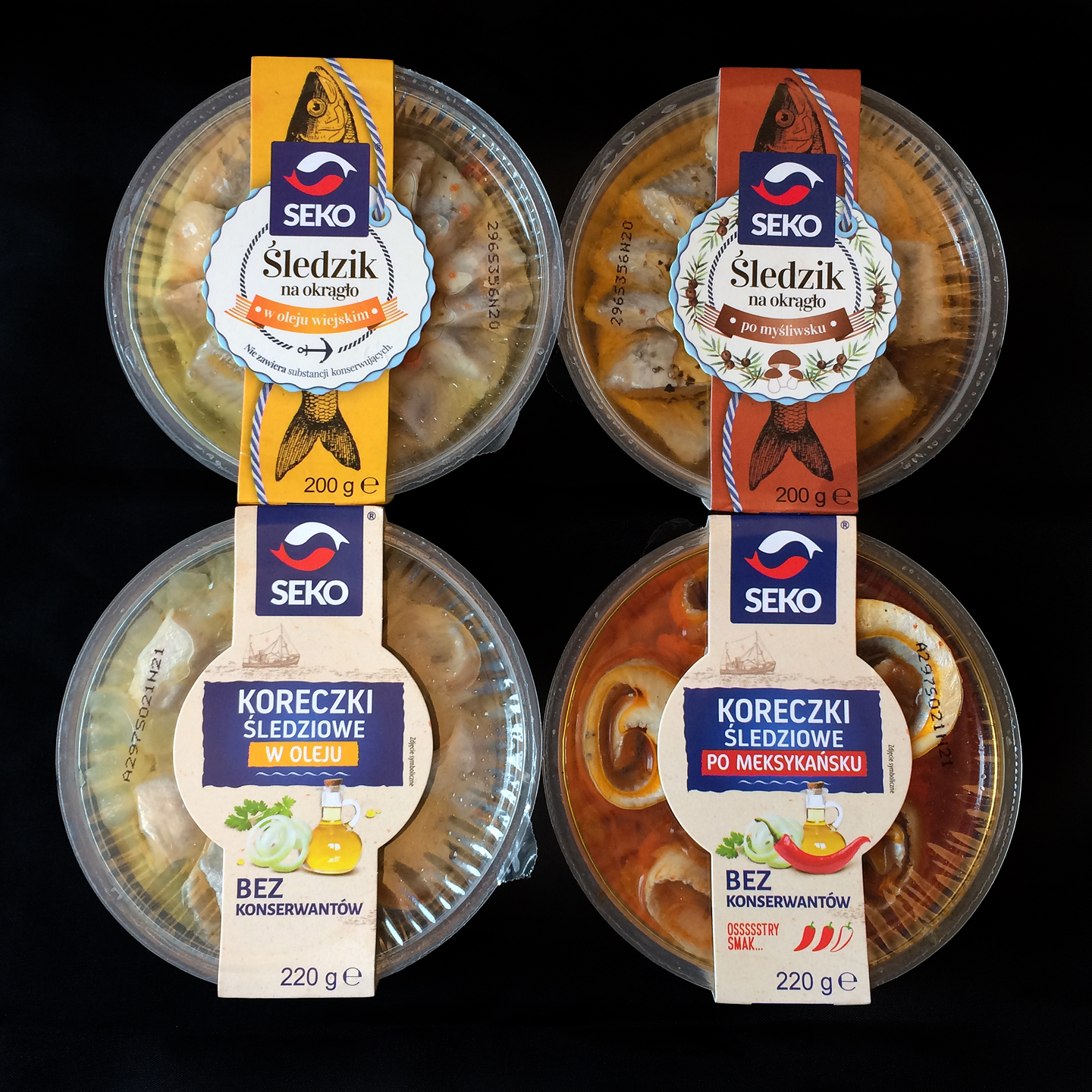
Since I like herring and on-site decisions are anathema to me, I bought one of each kind from Seko, a Polish brand, to be sampled across a few days.
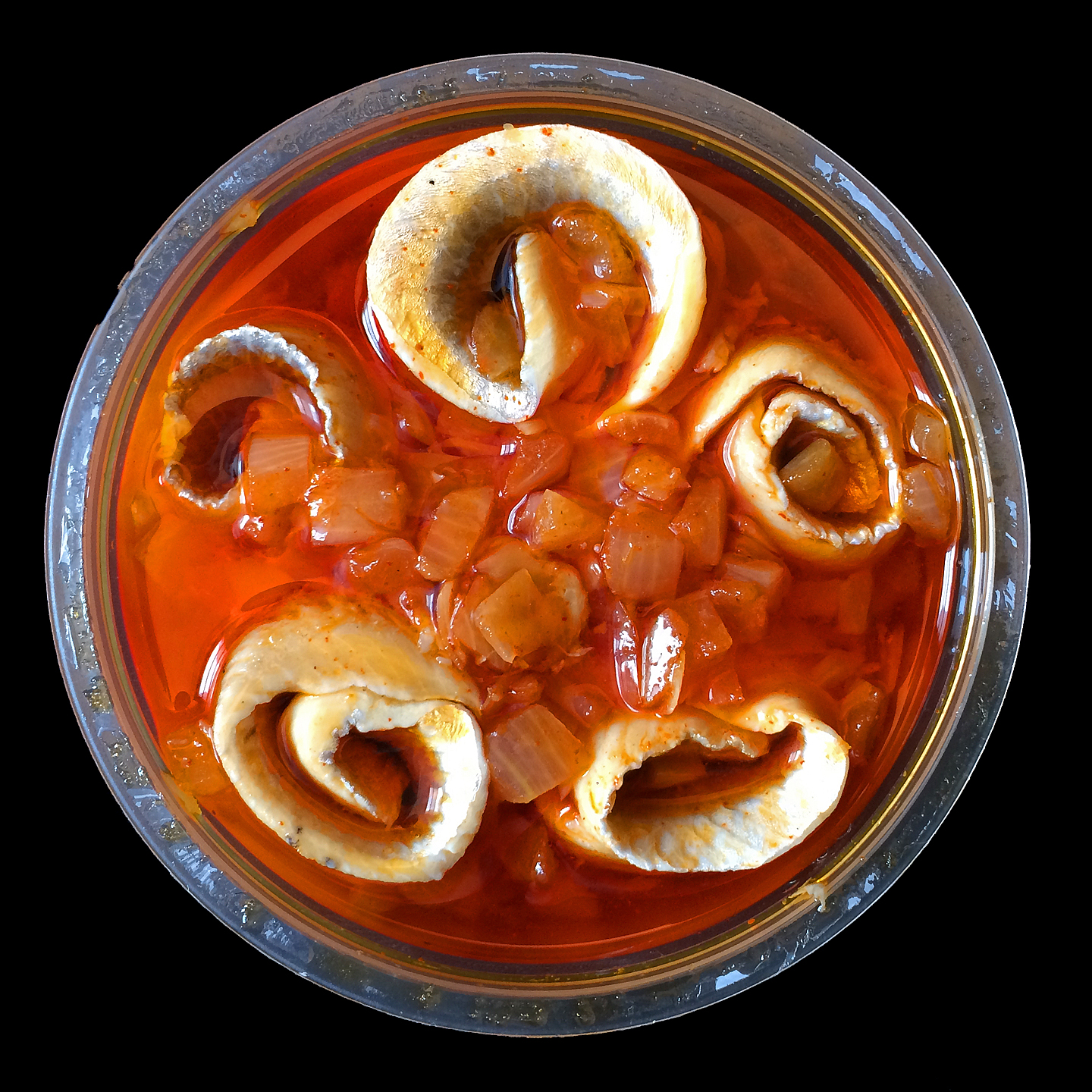
The first one I opened was Koreczki Śledziowe po Meksykańsku (lower right in the first photo), Herring Corks Mexican Style, because it was the most intriguing. Ossssstry smak means ssssspicy taste (although the chili pepper on the label would have afforded sufficient giveaway) and it featured marinated onions, also depicted on the label.
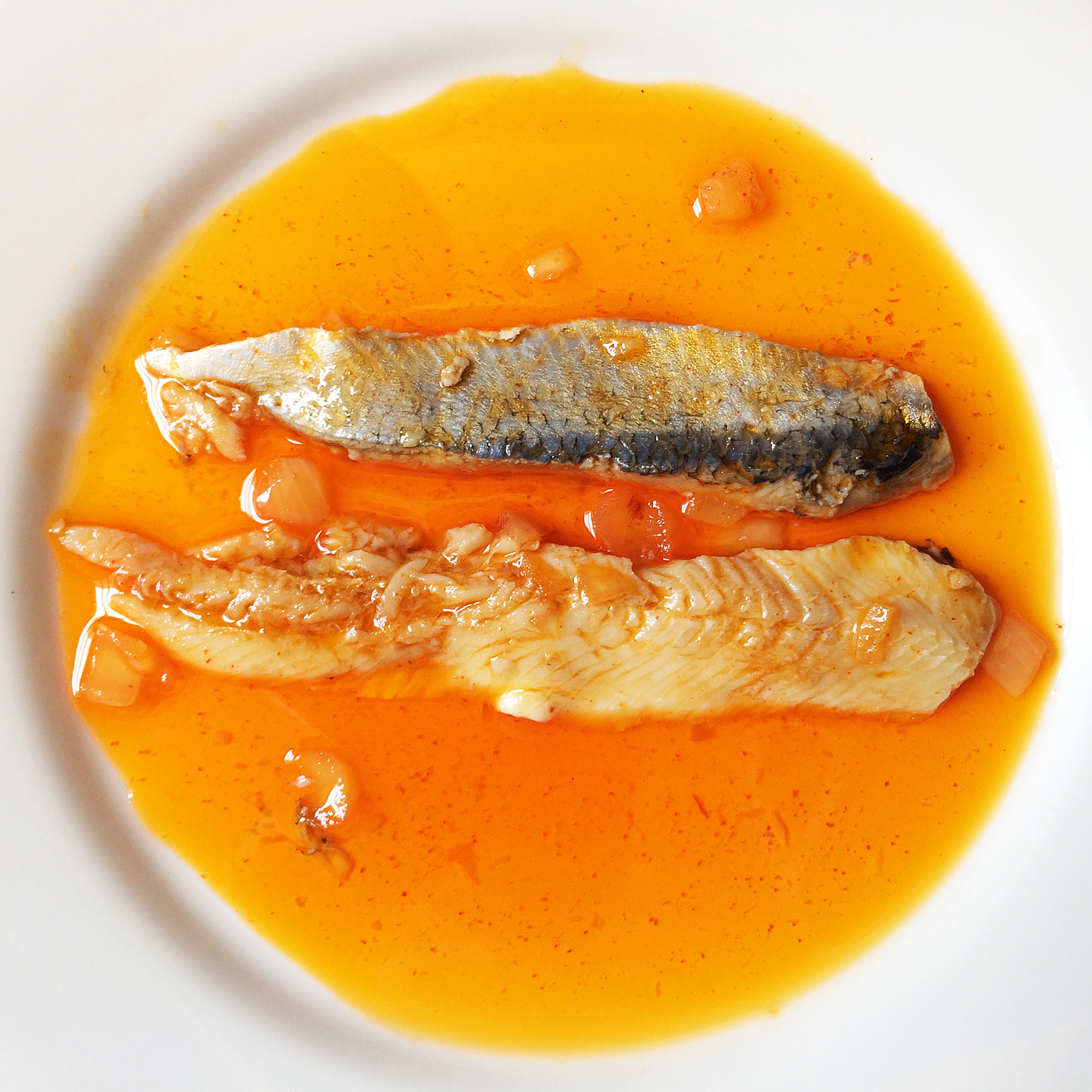
I unrolled two of the “corks” to give you an idea of the product. In all cases, the filets were very yielding and a little fishy – which is to say that they’re not the sweet Vita herring filets in wine sauce that you might know from the refrigerator aisle in the supermarket. (Note that sugar is the fourth ingredient on the label but you couldn’t prove it by me.) The oil was slightly spicy; the onions weren’t especially sharp but they did provide a welcome foil to the modest heat, not to mention the overall texture. Okay, but not my fave.
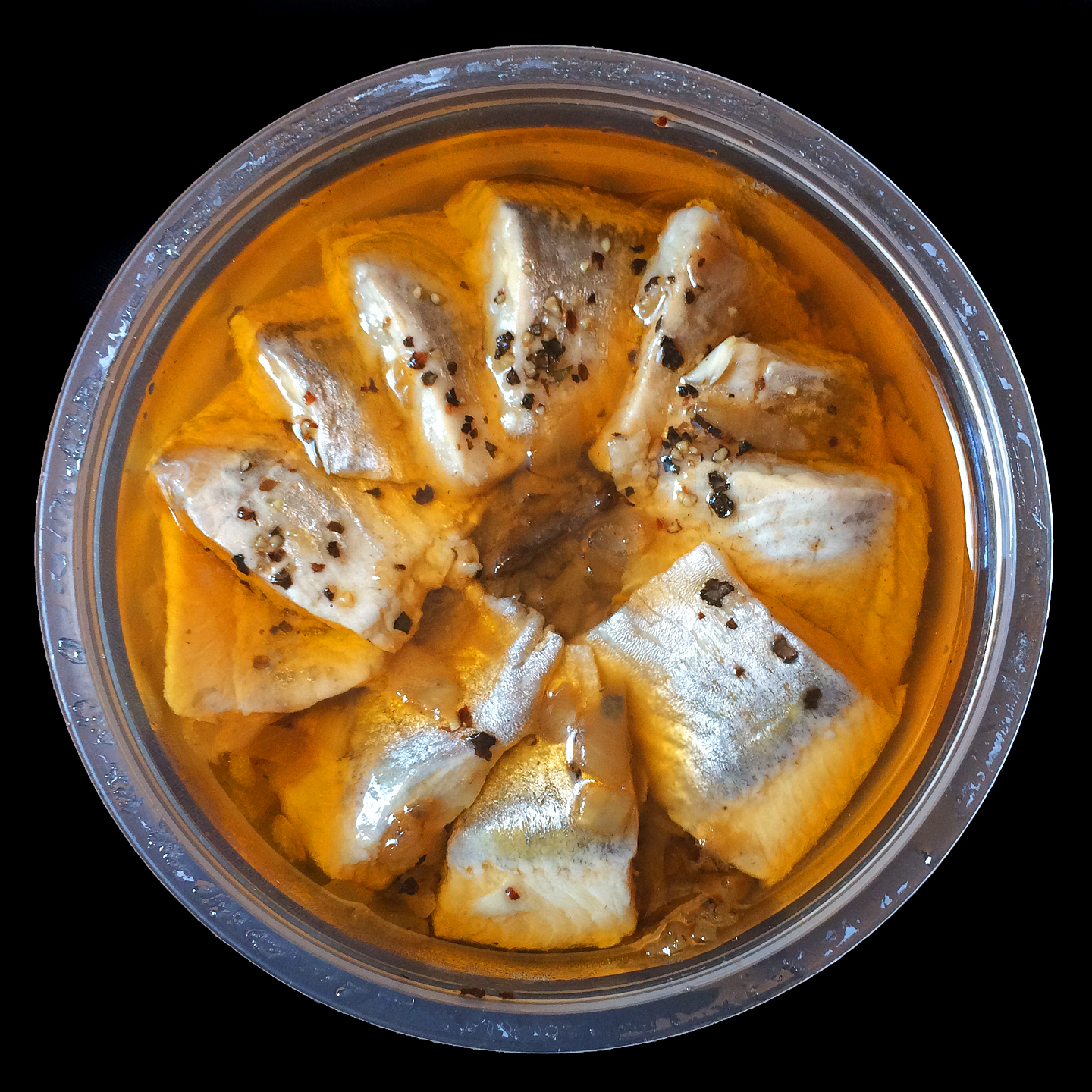
Next up was Śledzik na Okrągło po Myśliwsku (moving counterclockwise, upper right) translated as Round ‘n’ Round Herring with Onion and Mushroom Stuffing (okrągło means round, myśliwsku means hunter style, which I gather implies mushrooms and tomato).
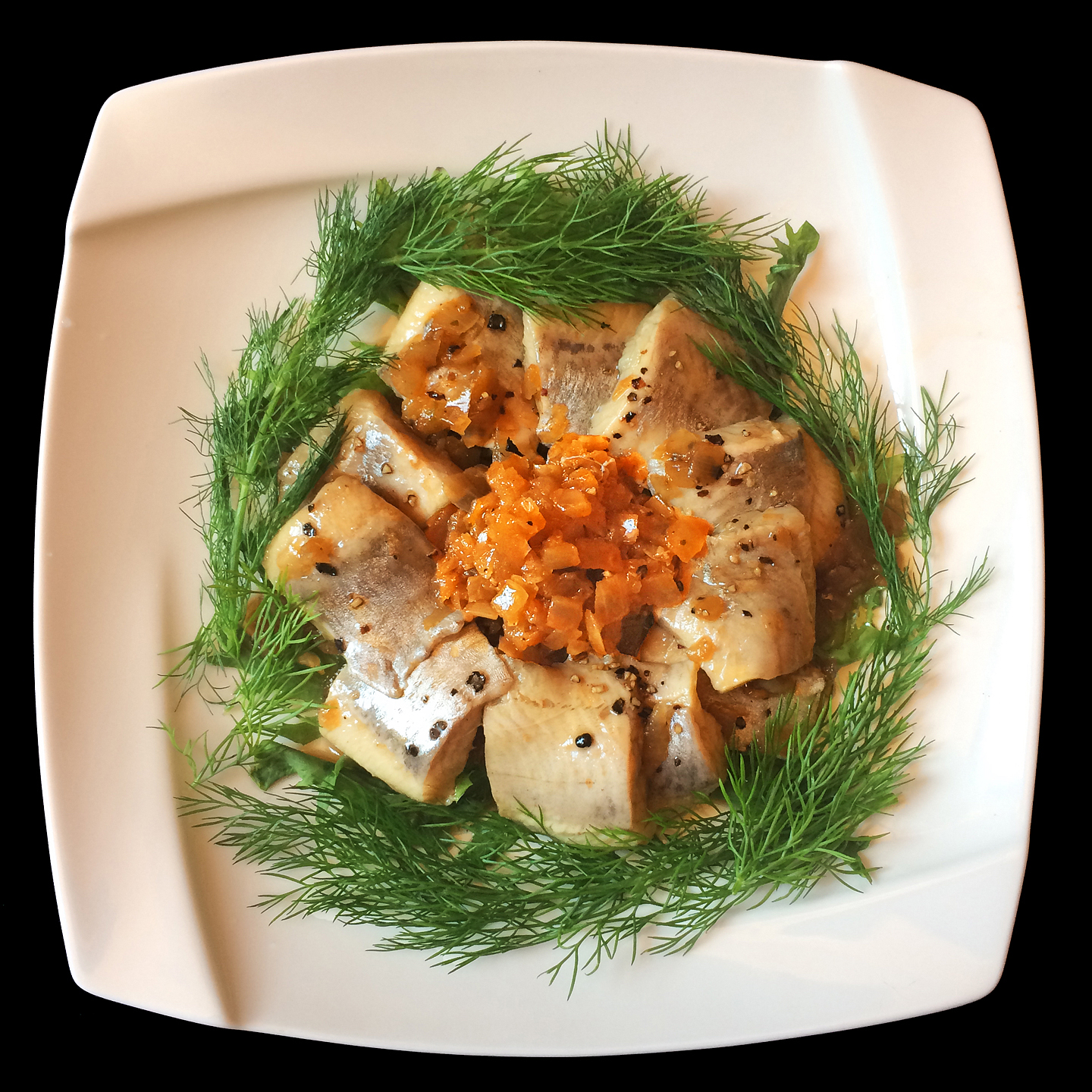
After one taste, I quickly realized that all of these herrings would essentially be the same but with a dollop of different stuff in each container and I’d better get creative with them if I didn’t want to bore you or myself. So I gave a nod to presentation in this round. The onion and mushroom “stuffing” is the clump in the middle.
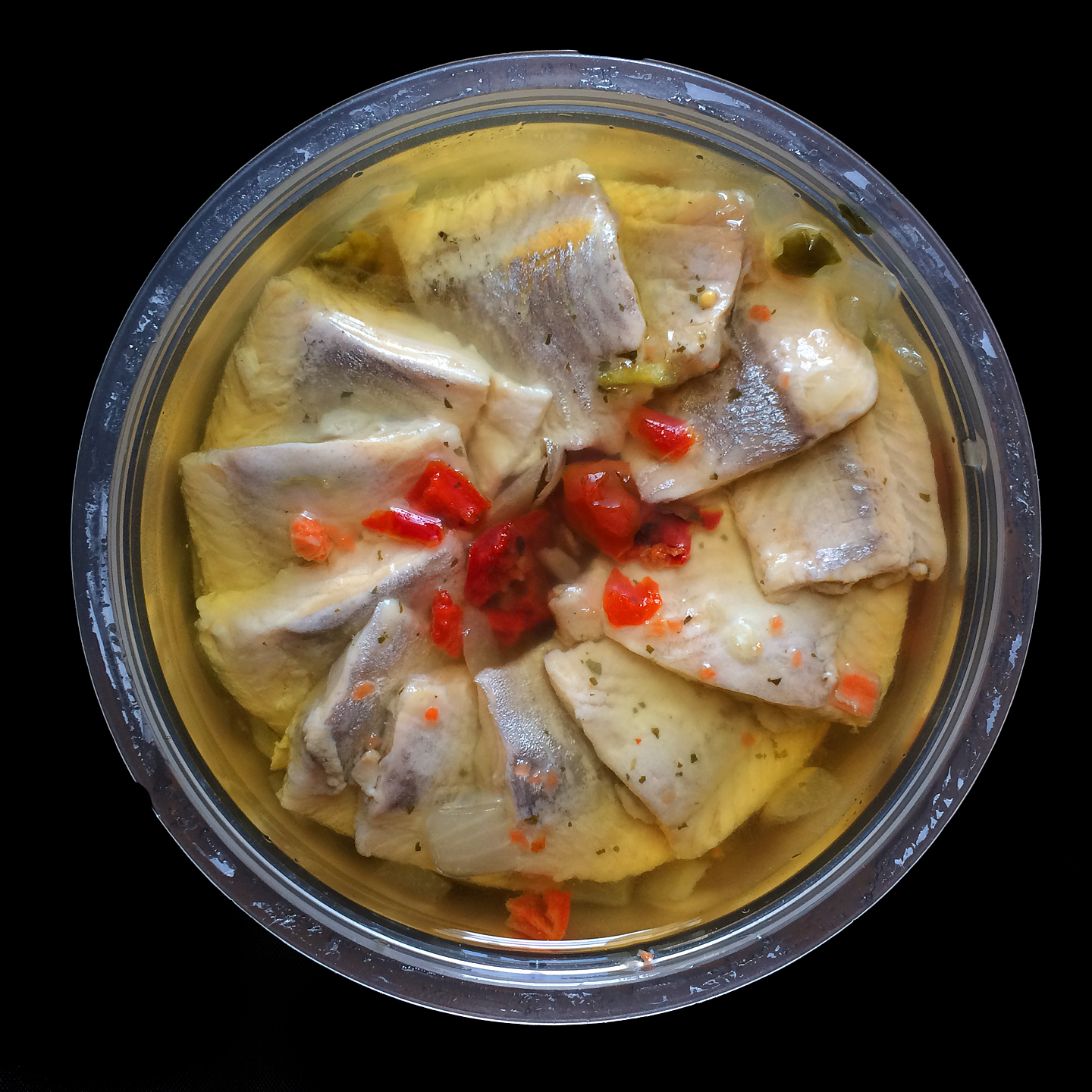
All right, so presentation alone wasn’t going to cut it. I had to do something to the fish itself. I opened the Śledzik na Okrągło w Oleju Wiejskim (upper left) translated as Round ‘n’ Round Herring with Countryside Oil – another shot of onion in this one along with some red bell pepper.
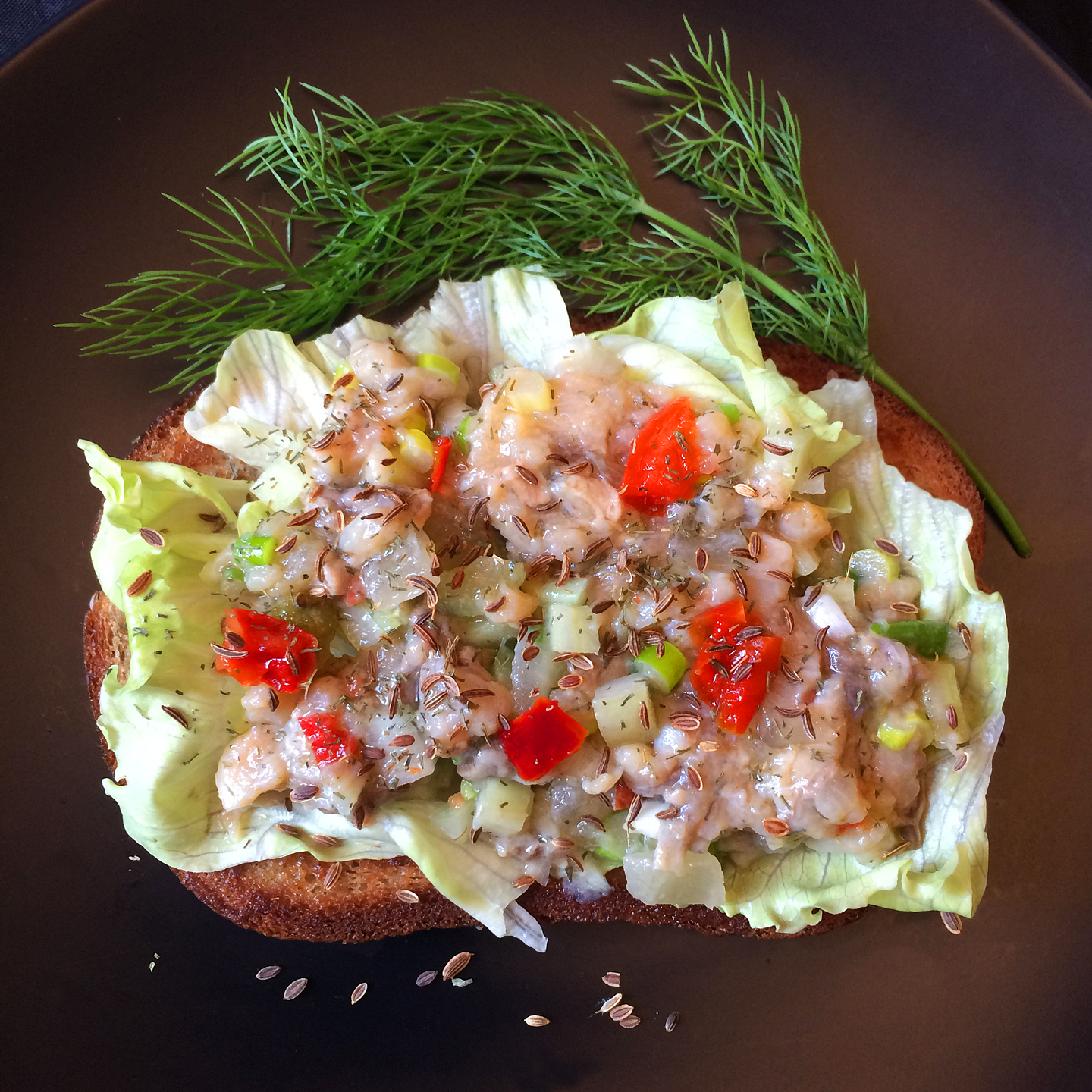 I chopped the herring, incorporated the adjunct vegetables plus dill weed, dill seed, celery and scallion, and spread it over a bed of lettuce on rye toast. So Act Three had no serious presentation, but I succeeded in doing something tasty with the herring filets rather than letting them speak for themselves (a good strategy in retrospect since they didn’t have much to say).
I chopped the herring, incorporated the adjunct vegetables plus dill weed, dill seed, celery and scallion, and spread it over a bed of lettuce on rye toast. So Act Three had no serious presentation, but I succeeded in doing something tasty with the herring filets rather than letting them speak for themselves (a good strategy in retrospect since they didn’t have much to say).
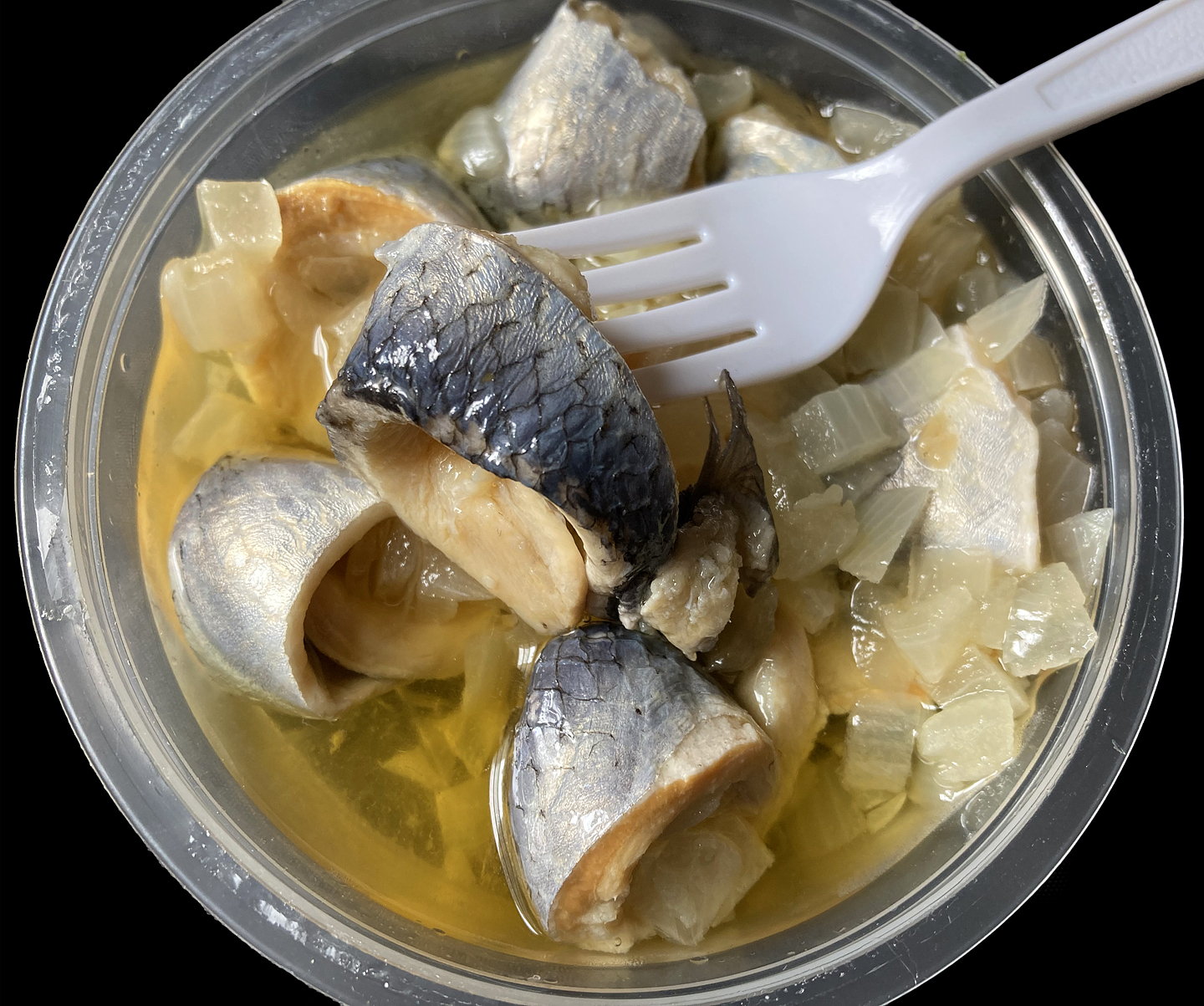
Finally, Herring Corks in oil, Koreczki Śledziowe w Oleju (lower left). I decided to pull out all the stops (corks?) with this one and go for flavor as well as presentation.
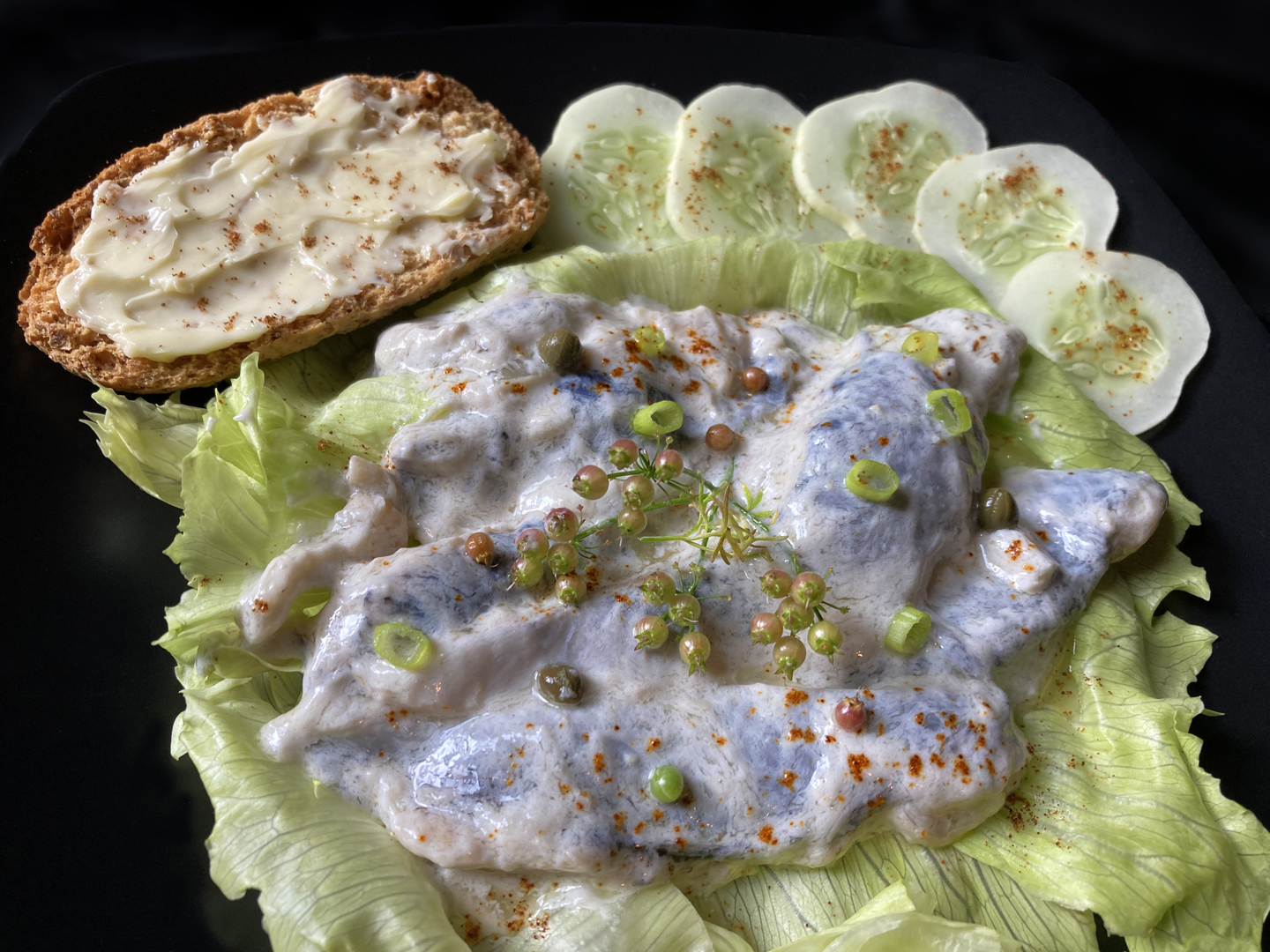
Unsurprisingly, the unadorned herring was like its mates, so I blended mustard, horseradish, and onion plus capers and scallion for the flavor component, and plated it with Swedish crisp bread and Danish butter, along with thinly sliced cucumber.
Finally got a satisfying lunch out of the expedition.
That bit of garnish in the middle was the kicker though: baby coriander seed fresh out of the garden that played perfectly with the Eastern European themed fish. I had never even seen it IRL, let alone worked with it, but it looked pretty and tasted just right in this context.
But don’t ask me how I came by it. That’s a story for another day.

